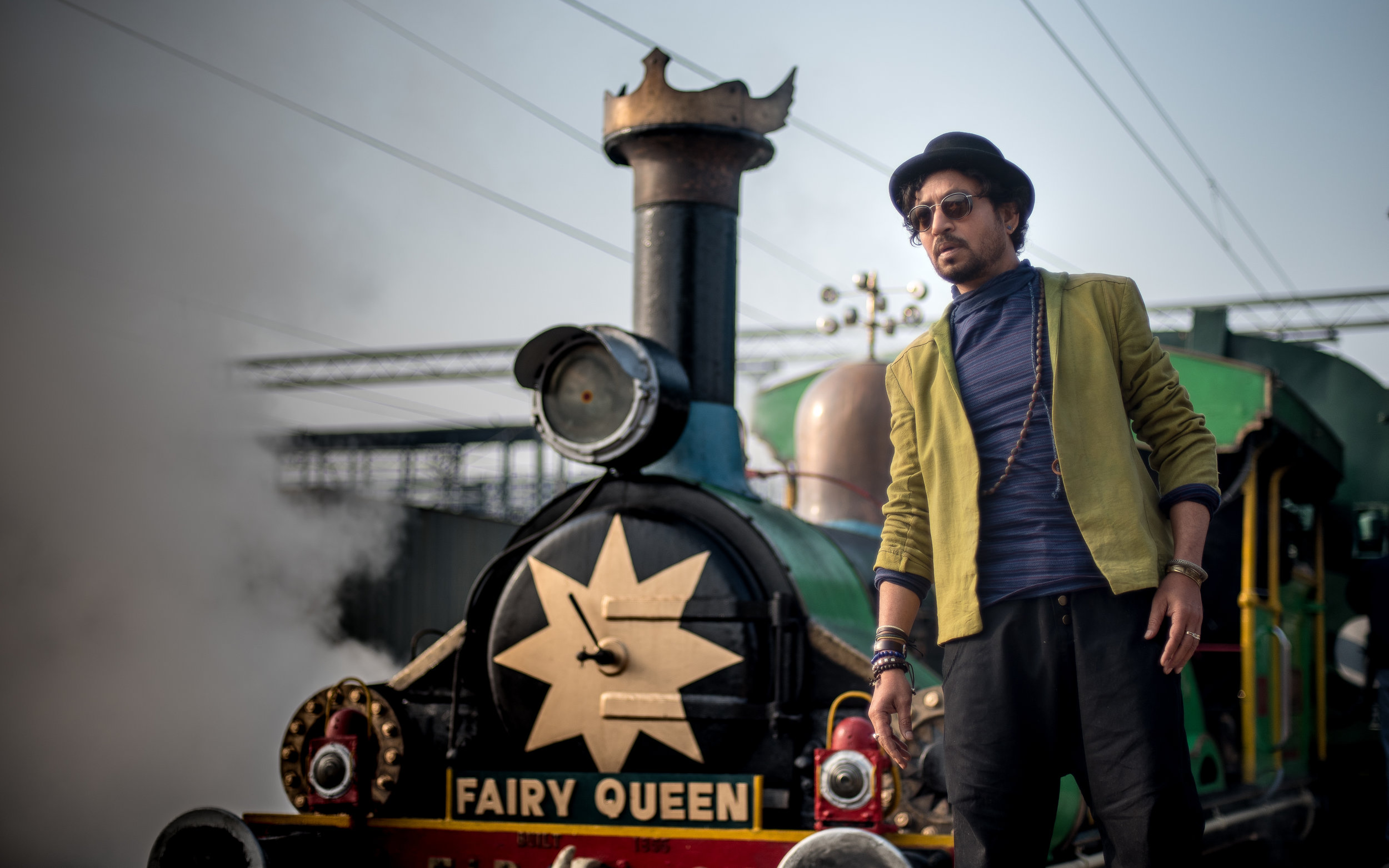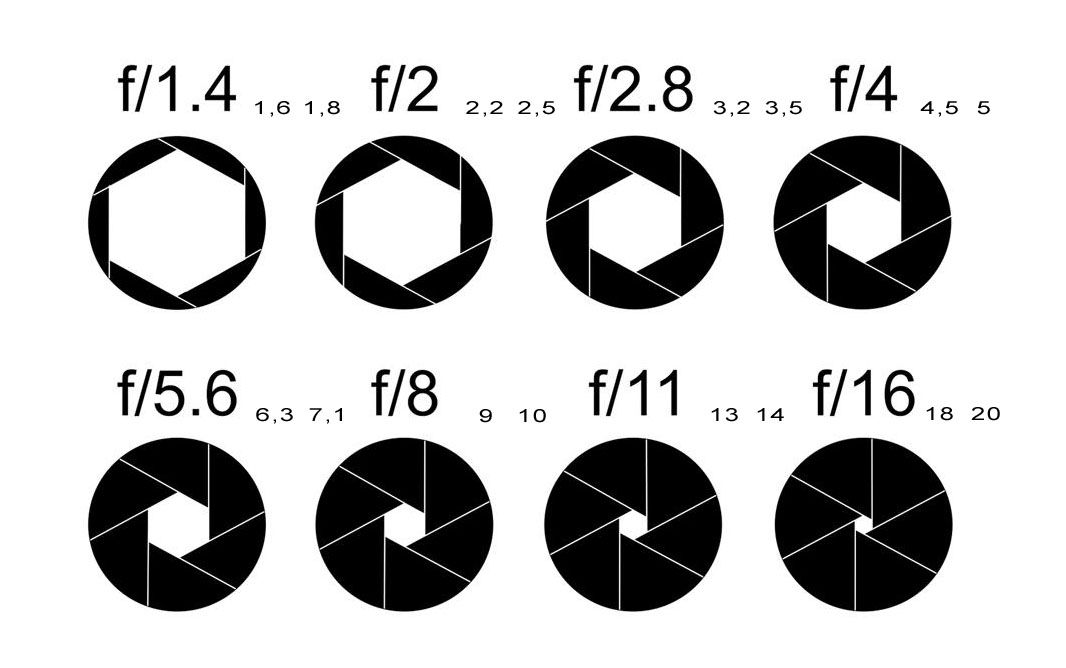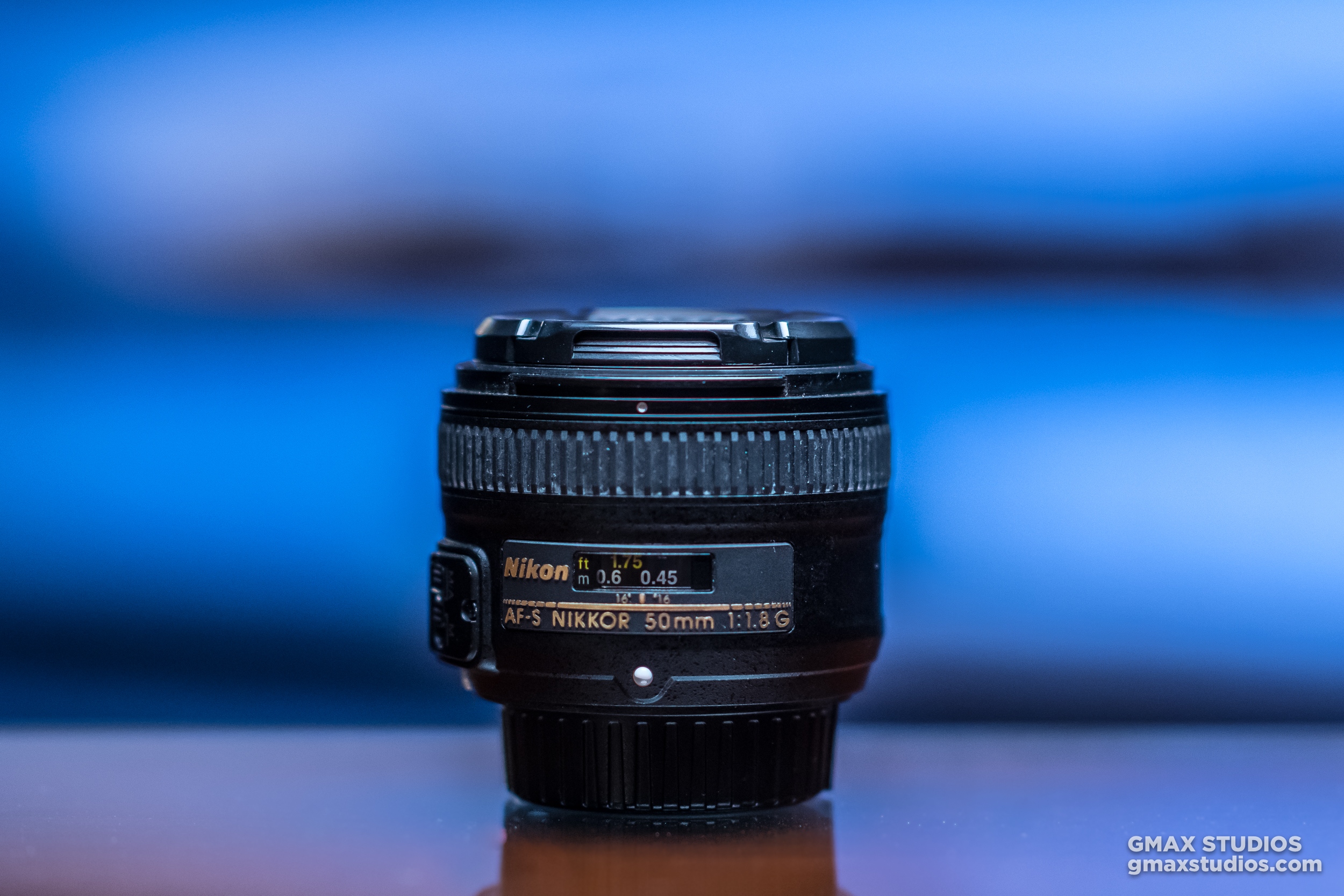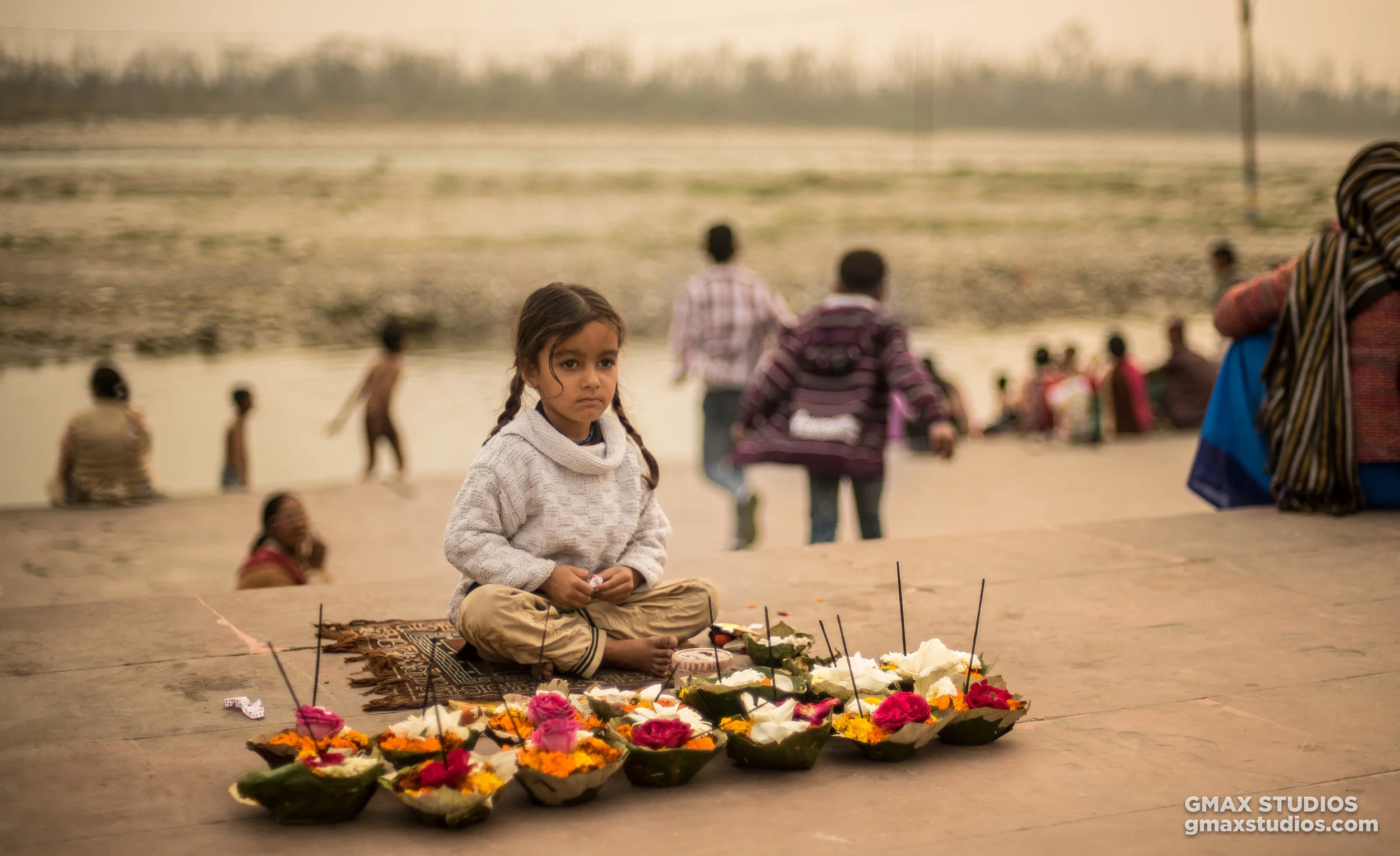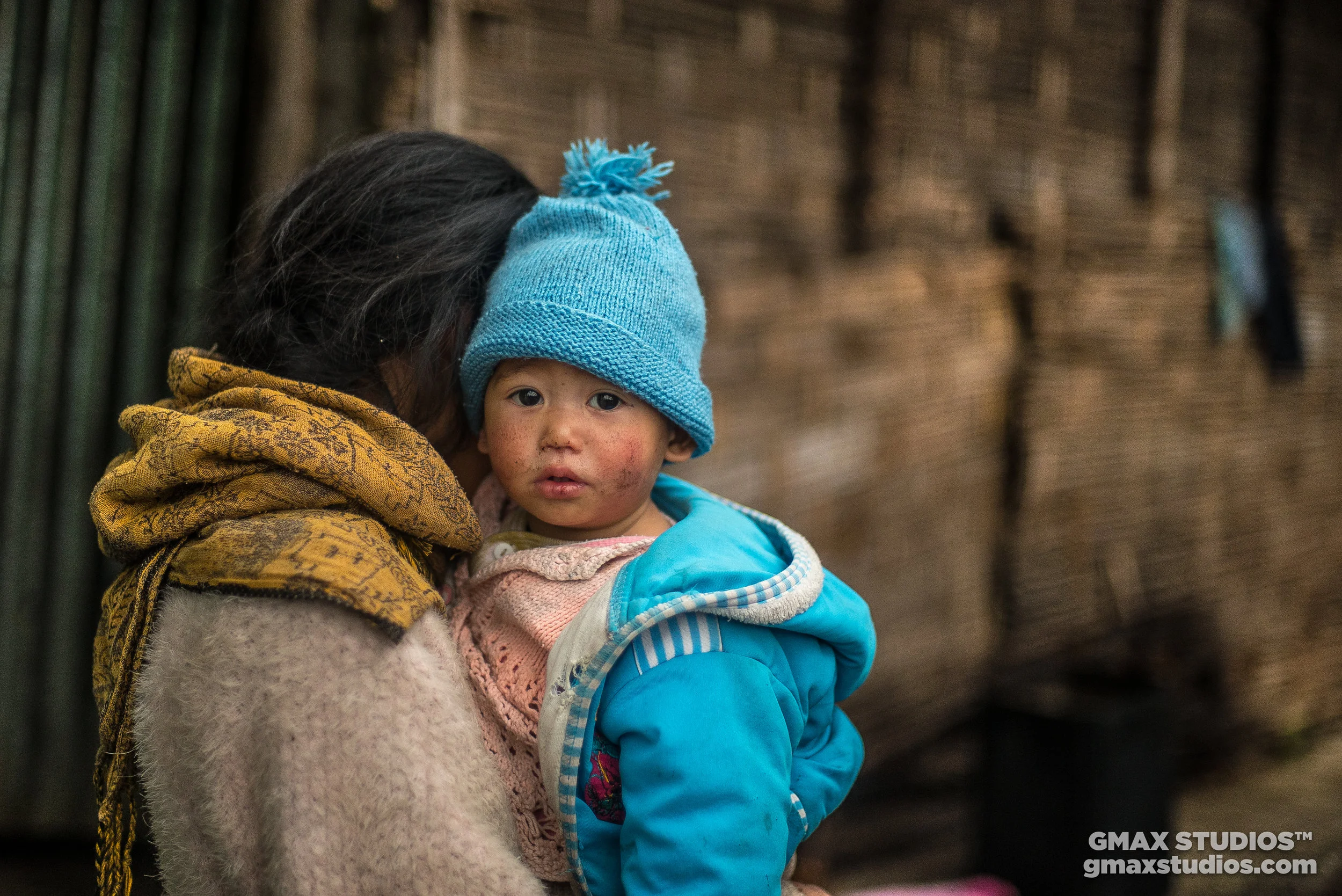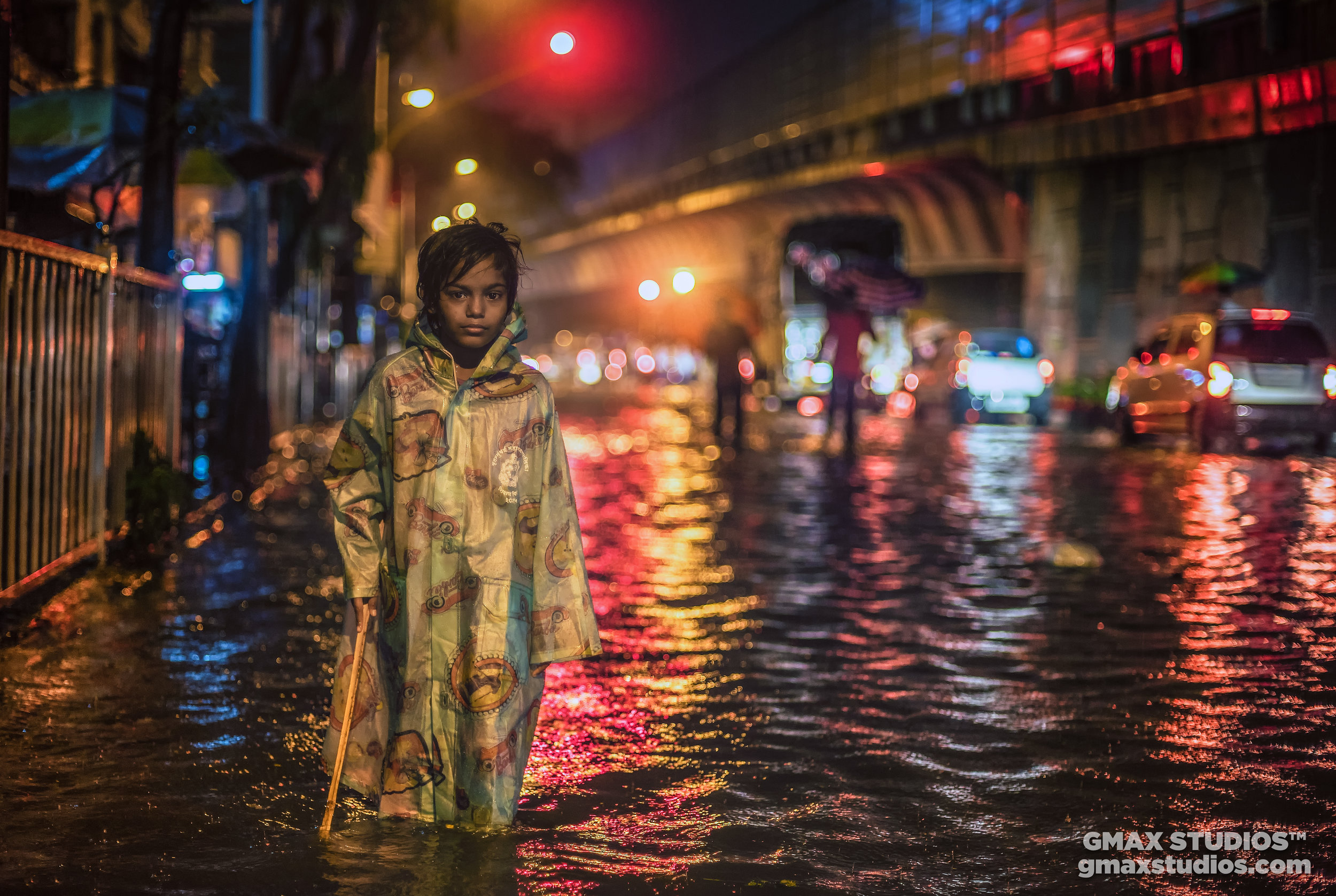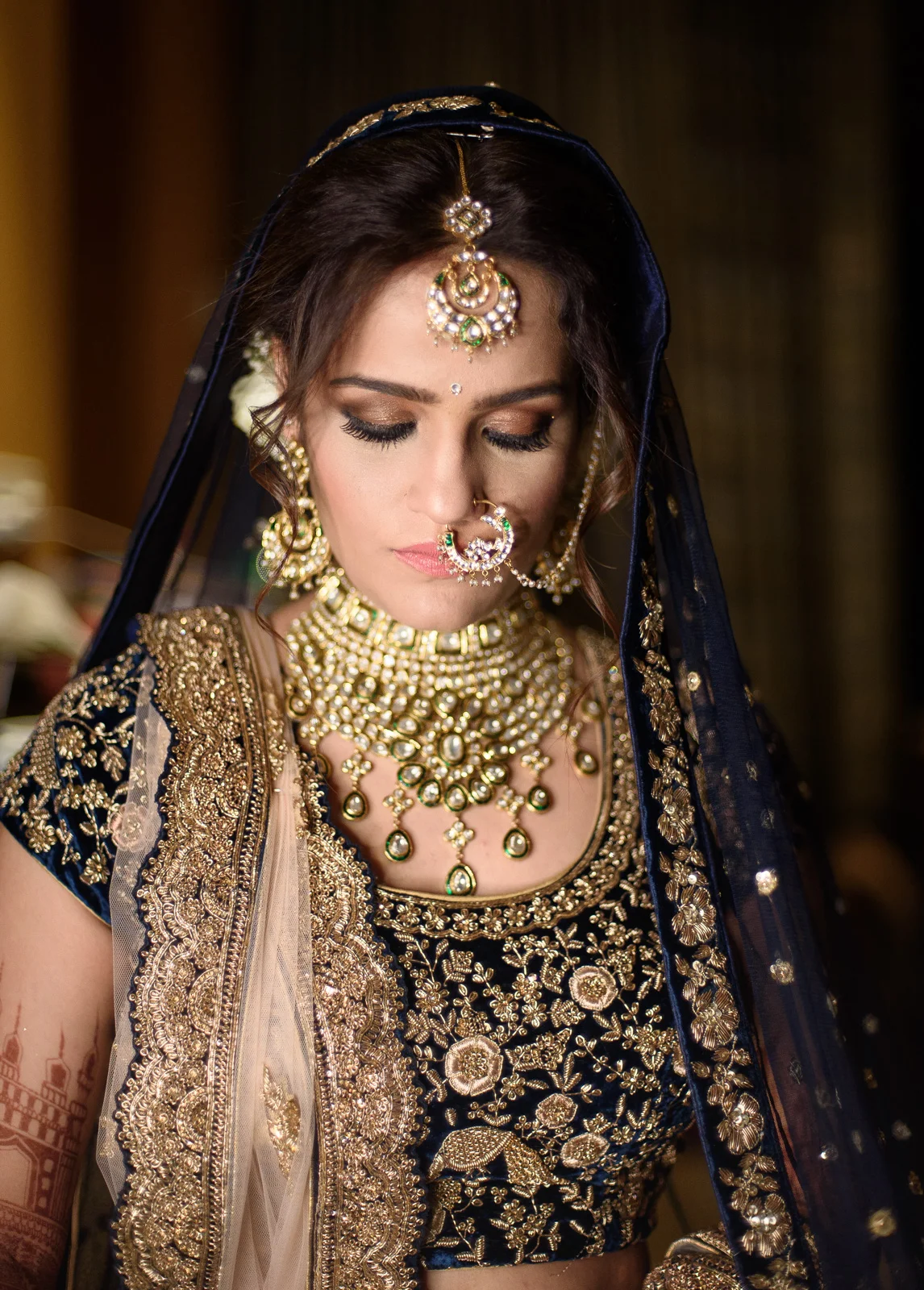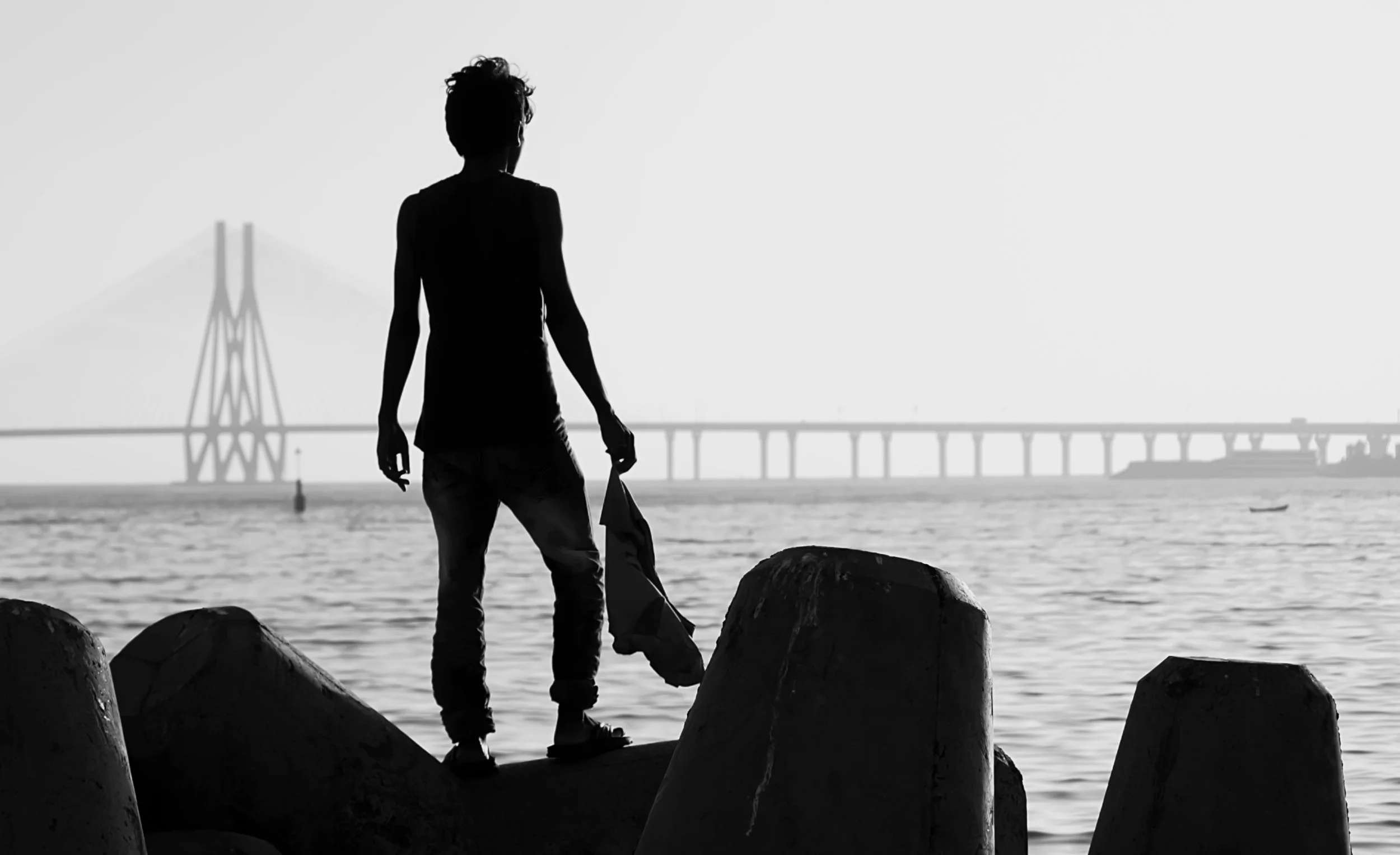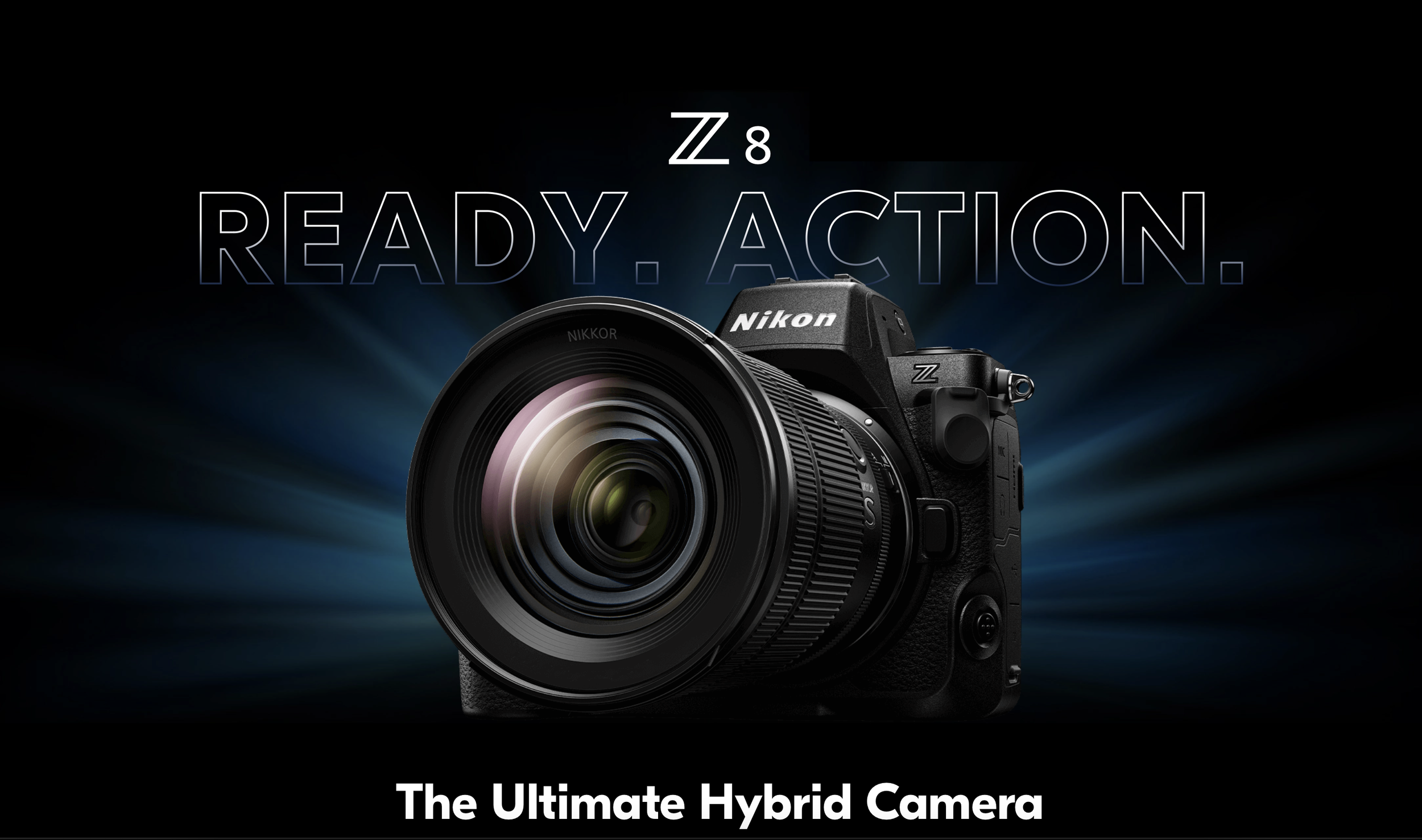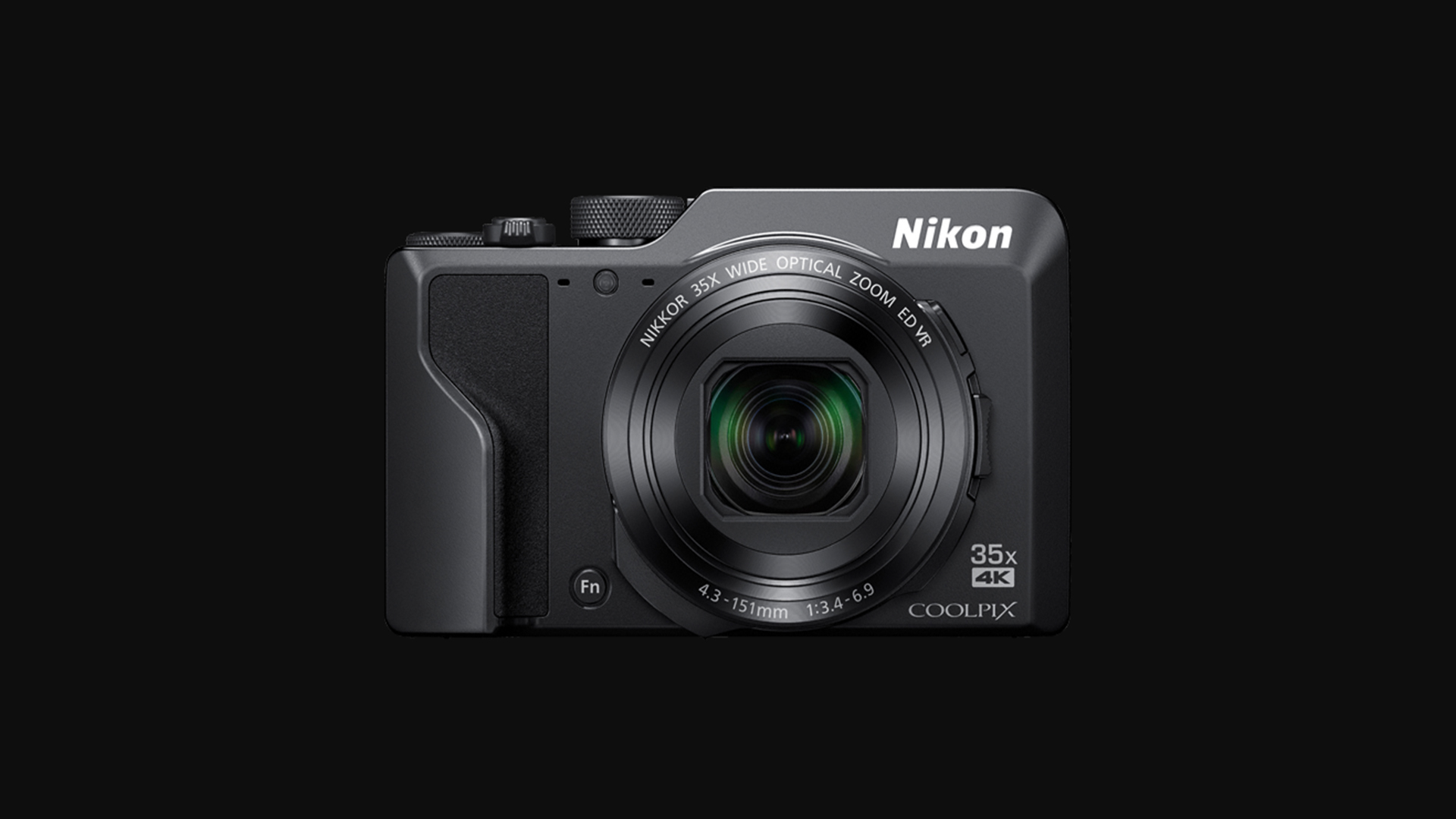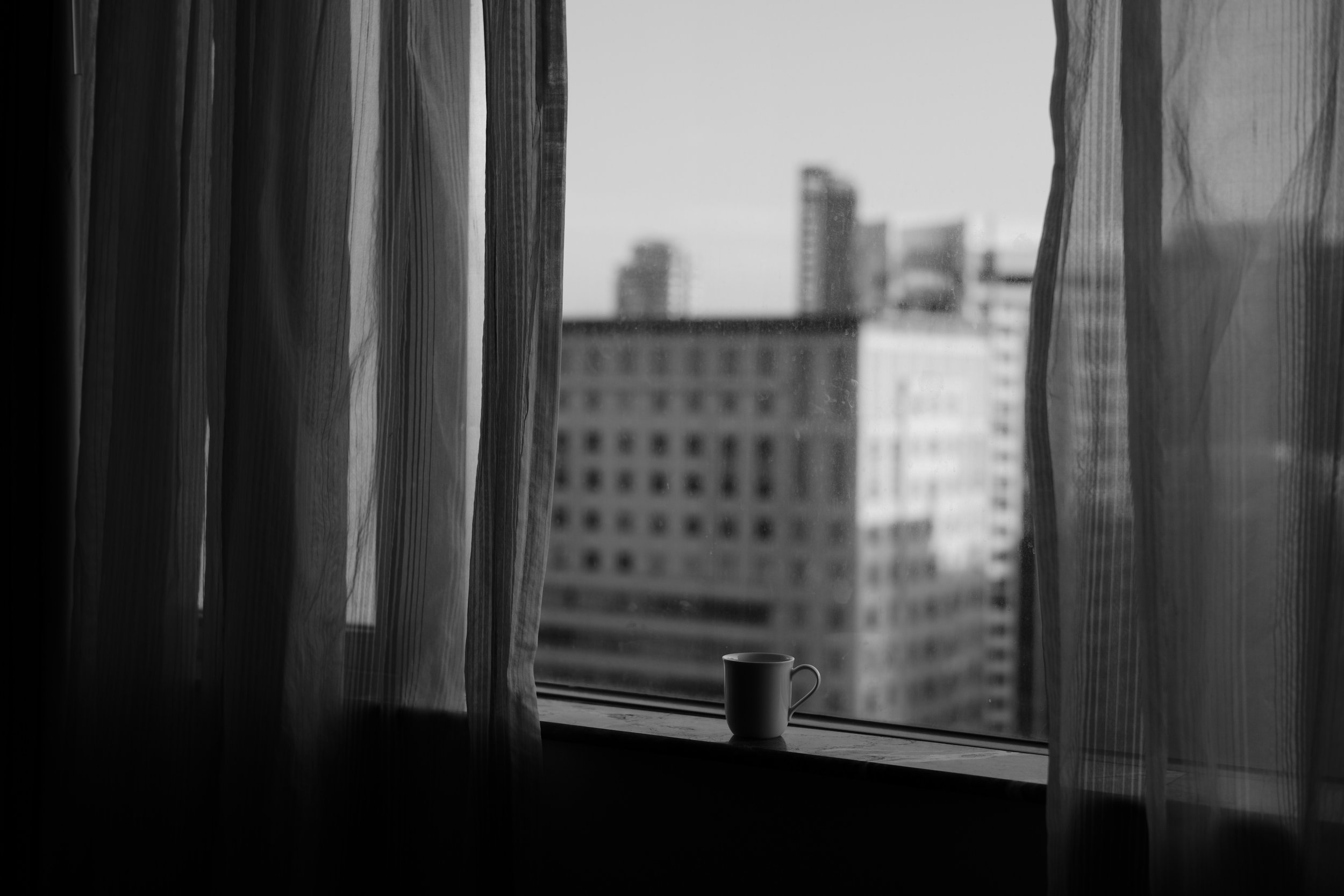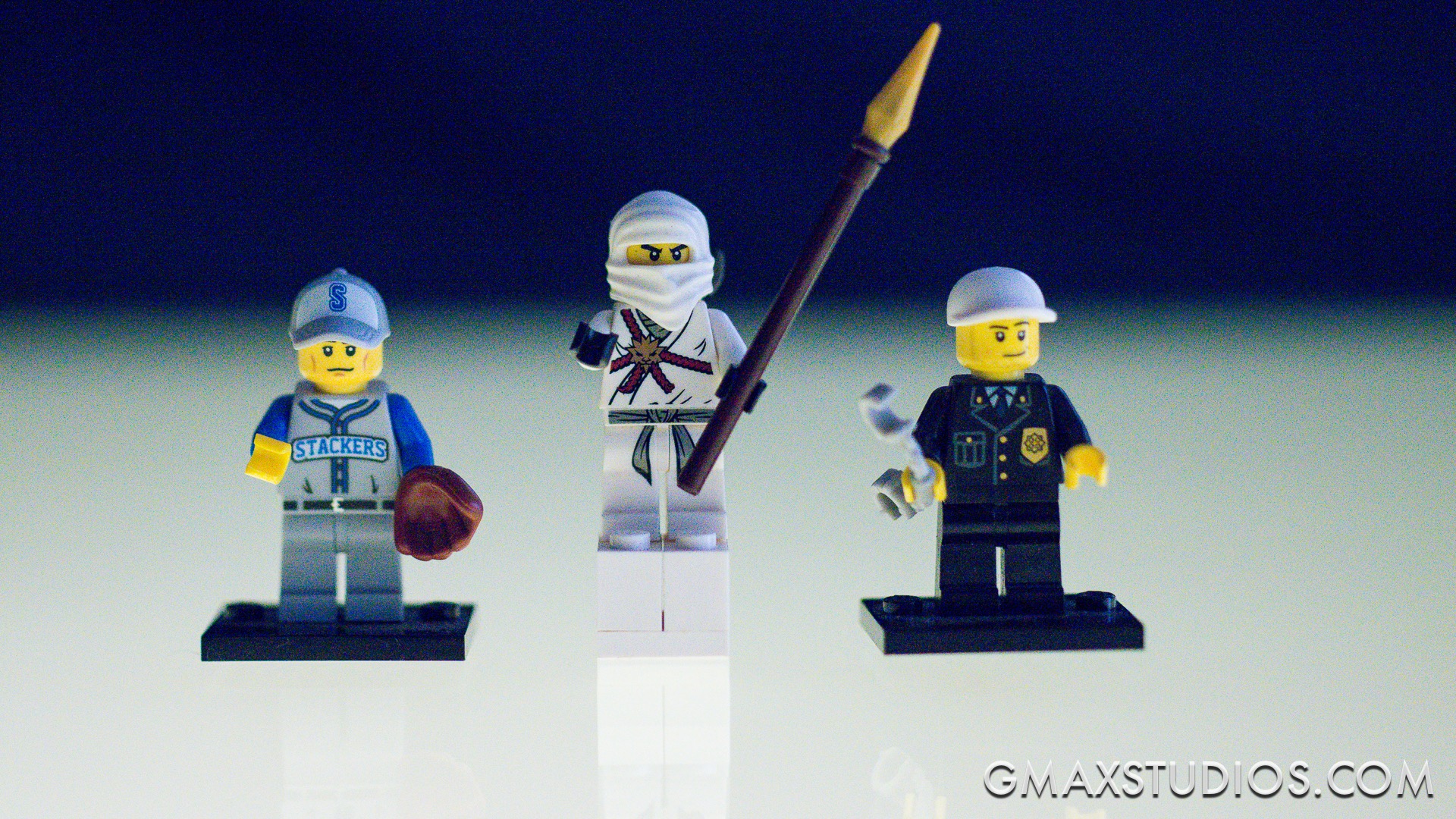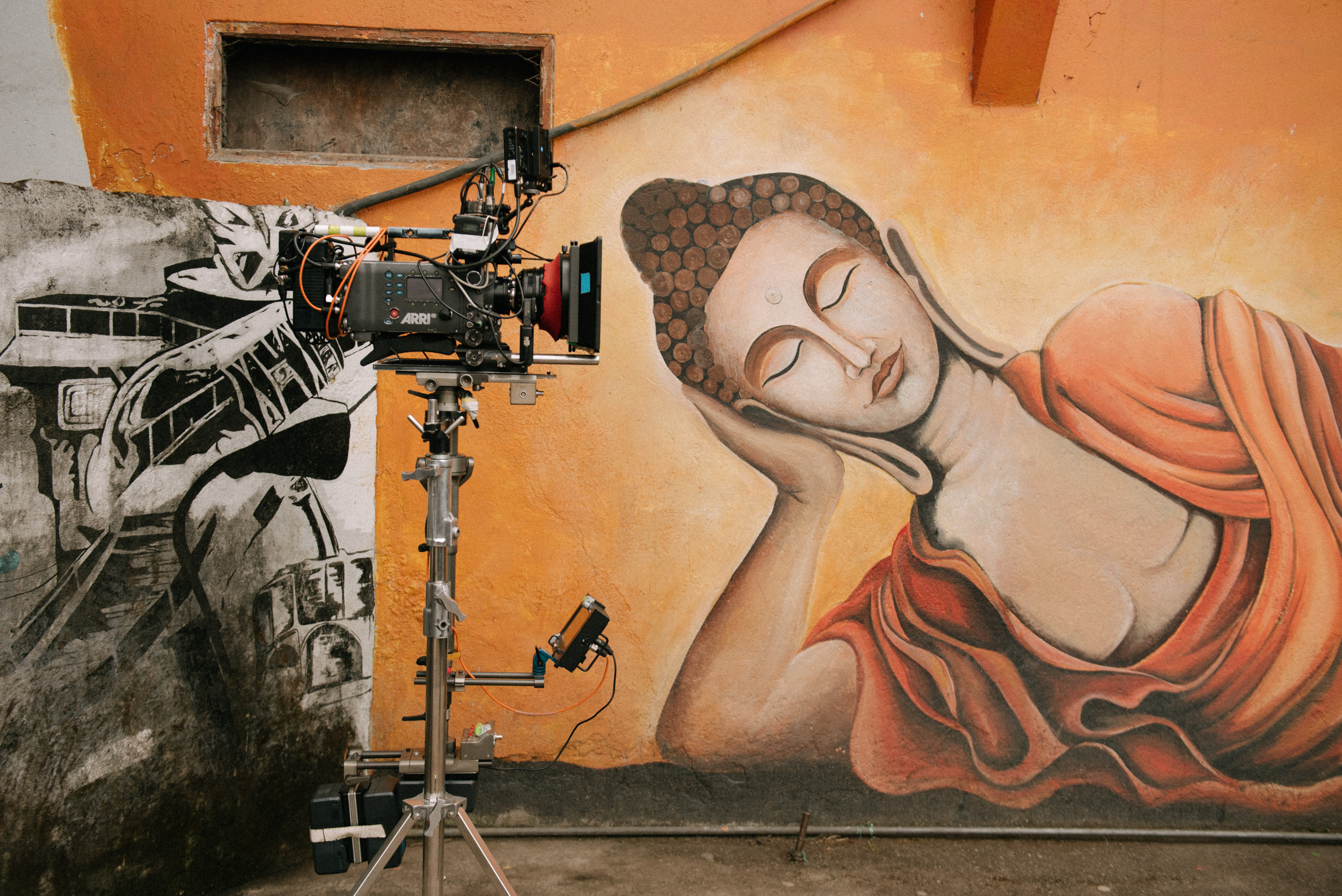
Why is the 50mm 1.8 lens the best lens in the world and why should you buy it!
It’s been a while since you’ve had this DSLR but your photos just don’t stand out. They seem to be missing something. You can change that today.
It’s been a while since you’ve had this D-SLR but your photos just don’t stand out. They seem to be missing something. That finesse. That x factor. That punch.
That ‘D-SLR look’ you’ve seen on Instagram.
Mind you, If you’re not getting the kind of shots you want, it could make you fall out of love with photography. At the end of the day we do things to get results. And if you’re putting in the time and you don’t think it’s yielding anything substantial, it can turn you off big time.
Here’s what happens. You’re getting great natural light on your subject. You might even think that the picture has a kind of mood. You compose your shot, hold your breath and click the shutter release button. Nice.
Later, you see the image on your computer and you can’t believe it’s the same picture. It looks ordinary. You scratch your head and go, “I thought I’d get quality images with a D-SLR.”
But here’s the thing. Image quality and sharpness often depends on the kind of lens you’re using and its aperture (aperture is the opening of the lens, which is denoted by the f number. For example, f.4 or 5.6.) The lower that f number is, the wider the aperture will be.
A wider aperture allows more light to enter the lens, and this allows your camera to render focus areas much better.
The 18-55 kit lens that comes “free” with your D-SLR may seem good enough to start with, but it has an aperture range between f/4 and f/5.6
If you’re looking for beautiful bokeh, sharper image quality, a 50mm prime lens with a 1.8 aperture is a great lens to buy.
Background blur has mostly to do with your aperture
The 50mm 1.8 prime lens is also called a ‘nifty fifty’ because of how nifty or useful it is to photographers. It's light, cheap and almost every camera company makes it. It's also a fast lens, (lenses with wider apertures are called fast lenses) which means you can shoot at higher shutter speeds, and you don’t need to bump up the ISO too much. In terms of quality, the nifty fifty is best bang for your buck.
Here are a few reasons why we think it’s a great lens.
The nifty 50 is the personification of “good things in small packages”
It’s Light and Easy to Carry
Weighing between 150 to 200 grams, the 50mm 1.8 will have your shoulders thanking you for it. It fits right in to any camera bag, and you can take it anywhere without attracting much attention. If you had to pick one lens to travel with - this would be the one.
It’s Versatile
The nifty 50 is the Johnny Depp of camera lenses. It can practically be used in every genre of photography. Portraits - check. Landscapes - check. If you’re into street photography, it’ll be hard to top the functionality of this lens.
Everything Looks Right
A 50mm lens is also called a normal lens. At a focal length of 50mm, its field of view is similar to what the human eyes perceive. Everything looks as it should, there’s not much distortion like in the case of wide lenses or the feeling of distance when you take a photograph using a telephoto lens.
It’s a Fast Lens
Like we mentioned earlier, fast lenses allow you to shoot using high shutter speeds - which means less camera shake resulting in sharper photographs. You can shoot in low light conditions easily. So feel free to step-out past 6 pm and photograph as much as you want, and the next time your friends come over for a party and whip out their samsung, tell them to put it aside because you have them covered.
It’ll Give You That D-SLR Look.
Chin up. You’ll finally get that D-SLR look you’re after. By that we mean pictures that have a shallower depth of field, where the subject is separated from its background to a greater degree. We all love those blurred backgrounds, don’t we? Well, the depth of field depends on your aperture and it isn’t a trick some photographer came up with.
Increased Sharpness
The 50mm lens is incredibly sharp. If you’ve been shooting with zoom lenses, the sharpness you’ll get from a prime lens will surprise you.
You'll have no trouble taking fashion or commercial shots with the 50mm 1.8 lens.
It’ll Make You a Better Photographer
Yes that's correct. If you’re used to taking photographs with a zoom lens, it’s quite possible that the constant zooming in and out might have pampered you a little bit. Because you can zoom in or out whenever you want you don’t work as hard, like you would with a prime lens that has a fixed focal length.
A prime lens isn’t a wide lens and it isn’t a telephoto lens. It’s somewhere in between. Which means you’ll have to travel back and forth to frame your subject correctly. This will teach you how to compose, get creative and think out of the box.
Photograph by Himanshu Singh Gurjar
If you’re still not convinced - check out this video on the nifty 50. It’s quite likely that it’ll become your favorite lens in the world too. Leave us a comment if you have any questions.
Fieldwork - Shooting Swanand Kirkire
Fieldwork - Shooting Swanand Kirkire
It is not every day that you are woken up by a phone call from a two-time National Award Winner.
I picked up the phone. It was Swanand Kirkire who has got a cult following for his song Baawra Man. If you have not heard this song, please hit the link now!!! He has also won the National Award, twice - once for Lage Raho Munnabhai and the second time for 3 Idiots.
He was headed for an interview and needed a picture really quickly. 15-20 mins is all he had to stop by at my place.
"I don't want it to look like a photograph-photograph, you know... like it has been shot!" he said."Now, how on Earth could a photograph look as if it had not been shot," I wondered. Before I could muster a reply, he asked, "What clothes should I carry?" "Uh... A white shirt and a black shirt and maybe...." I barely managed to say before he said "See you!" and hung up.
The process
What aspect of a personality can you encompass in a photograph when he is a actor, director, writer and lyricist all rolled into one? I was still contemplating the "setting of the shot" but I was sure of one thing - I wanted to shoot him using just natural light. This was because he did not want the picture to look as if it had been shot.
We tried a few settings, like the one pictured above, sitting at a piano but we were not happy with it. He said it made him look "false" since he barely knew how to play the piano and I was not happy the way the warmer light was blending with the daylight. Both were different colour temperatures and they were not looking good. Though, I must add that there are no such hard and fast rules for mixing colour temperature or white balance.
Then I noticed he was wearing a red bracelet made of beads and that gave me an idea. I mustered up all the red coloured things in the house which could be at writer's table and made him sit on my dining table. I even got my goldfish bowl as a prop. There was natural light coming through the window (my favourite light source!) from the right side of the camera and I asked my driver (the only help available at that time!) to hold a small reflector from the left side of the camera.
Then I asked Swanand to write something, really write something and forget that I was there! He said, "How can I do that early in the morning?". I said, "The same way, I am shooting your photograph!" He smiled and set pen to paper and started writing something.
He got a phone call in the middle of the session and I asked him to take it, resulting in the above picture. He loved it but I knew that the magazine/newspaper would not.
The result
The final shot that satisfied us both is the one pictured below. Here, satisfaction is the key word. I don't know if I could have shot a better photograph that day (I would like to believe, I could have!) but he and I, both were satisfied with the outcome considering the amount of time, I had to plan the shot, take it and actually deliver it to him right then and there. Also, I made him adjust the time in his watch to make it look like it was some time later in the day. Somehow, it just felt better to me. I look at this photograph often, planning what all will I do if someone walks in my door under similar circumstances with a similar request. I have made quite an exhaustive list - but that is material for another post.
The first picture at the piano became the profile picture of the Swanand Kirkire authorised Facebook page.
The real bonus was that he actually wrote a beautiful poem on my goldfish while he was sitting there. That was really a wonderful surprise.
Have you shot any portraits using only natural light recently? Share them with us. Please feel free to ask questions in the comments.
UPDATE: If you really love his work, you might want to click here to see an informal video recording I shot where he is singing Baawra Mann with Shantanu Moitra
What is ISO in photography?
What is ISO in photography? In times when people used film cameras to take photographs, ISO sensitivity expressed the speed of photographic negative materials and it used to be expressed as ASA. But now, since digital cameras do not use film but use image sensors instead, the ISO equivalent is usually used.
What ISO denotes is how sensitive the image sensor is to the amount of light present. The higher the ISO, the more sensitive the image sensor is to the available light. So if you are shooting in low light conditions, you need to increase the ISO. Most cameras have 100 ISO as their lowest setting.
When people used film, they usually had to change the roll of film to change their ISO. It was not uncommon for people to carry two different cameras with two different rolls of film - each with a different ISO in order to shoot under different situations. The lower ISO 100 film would be used for shooting in daylight and the higher ISO, 400 and above would be used to capture night scenes.
Now you just need to change your ISO within your camera from a lower to higher setting to be able to take night shots.
Caution
Having this great feature in your camera can be quite powerful but be careful, shooting at high ISO can cause noise to appear in your photographs. This can be seen in the photographs below.
ISO in photography
The above image was shot at ISO 100 and as you can see there is hardly or no noise. The image below was shot at ISO 3200 to illustrate how noise can appear at higher ISO settings. Each camera has it's own noise threshold, so make sure you test your own camera before you increase the ISO levels.
What is ISO in photography
Watch this video to understand more about ISO and please remember to subscribe to our channel by clicking here.
Please share this post with your friends if you found it helpful.


